Sun Lounger Material: An Overview
Exploring the vast array of sun lounger material available on the market reveals a diverse selection suited for various outdoor settings. From the serene poolside to the vibrant garden spaces, the materials used in sun loungers are designed to enhance the leisure experience. This introduction delves into the characteristics and applications of materials used in crafting these pieces of outdoor furniture.
Types of Sun Lounger Materials
The choice of material for sun loungers is crucial, as it dictates durability, comfort, and maintenance levels. Among the popular options, recycled plastic sun loungers stand out for their eco-friendly composition and resilience. Hard plastic sun loungers offer a sturdy alternative, often favored for their longevity and ease of cleaning. For a more flexible option, sun loungers with mesh fabric are sought after due to their breathable nature, which provides added comfort during hot summer days.
Features and Advantages of Different Materials
Each material brings its own set of advantages to the table. Polypropylene sun loungers are known for their resistance to weathering and UV damage, making them a long-lasting choice for outdoor use. On the other hand, plastic wicker sun loungers blend the classic aesthetic of wicker with the practicality of plastic, offering a stylish yet durable option. For those looking to refurbish existing furniture, the replacement material for sun lounger options available provides a way to refresh the look and functionality of their outdoor spaces.
Applications and Versatility
Sun lounger materials are versatile, finding their place in various outdoor environments. Whether it's for commercial use in resorts and pool areas or for personal use in home gardens and patios, the materials are selected to cater to specific needs. Strong plastic sun loungers are particularly appreciated in high-traffic areas due to their robust build, capable of withstanding frequent use.
Considerations for Selection
When selecting a sun lounger, considering the material is paramount. Factors such as climate, exposure to elements, and the desired aesthetic should guide the decision-making process. Materials like polypropylene and hard plastic are excellent for areas with high moisture or direct sunlight, while mesh fabric offers breathability for enhanced comfort.
Conclusion
In conclusion, the material of a sun lounger plays a significant role in its functionality and longevity. With options ranging from recycled plastics to innovative fabrics, buyers can find the right fit for their specific outdoor leisure requirements. The variety of materials available ensures that there is a sun lounger to meet every taste and need, without compromising on durability or style.







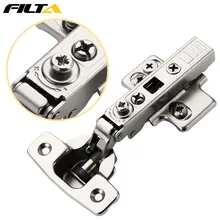
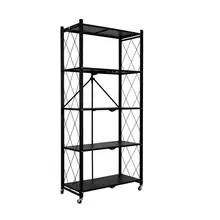

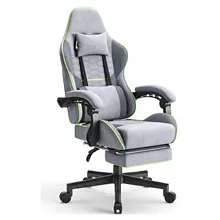

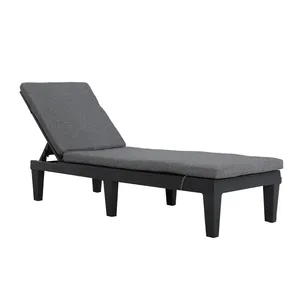

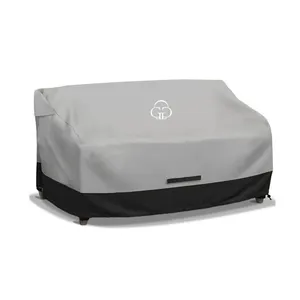



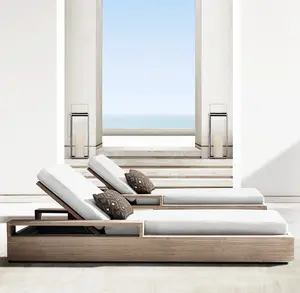
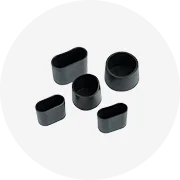
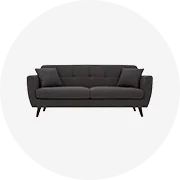

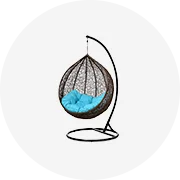
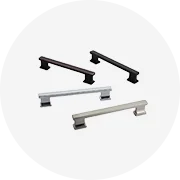
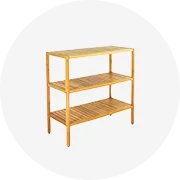
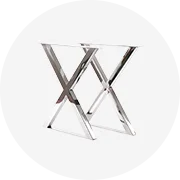
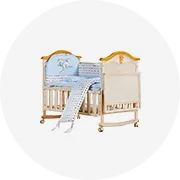








 浙公网安备 33010002000092号
浙公网安备 33010002000092号 浙B2-20120091-4
浙B2-20120091-4